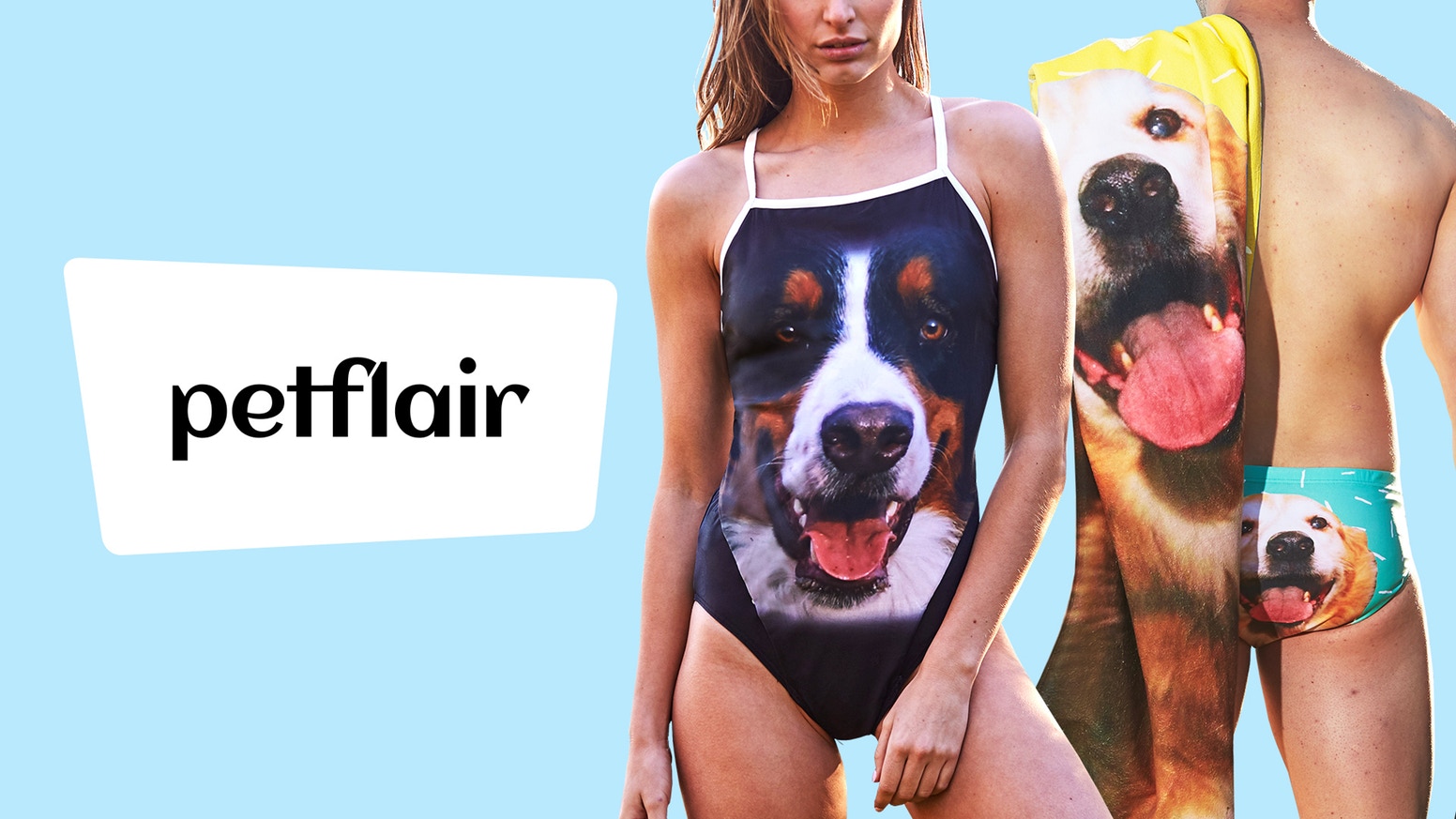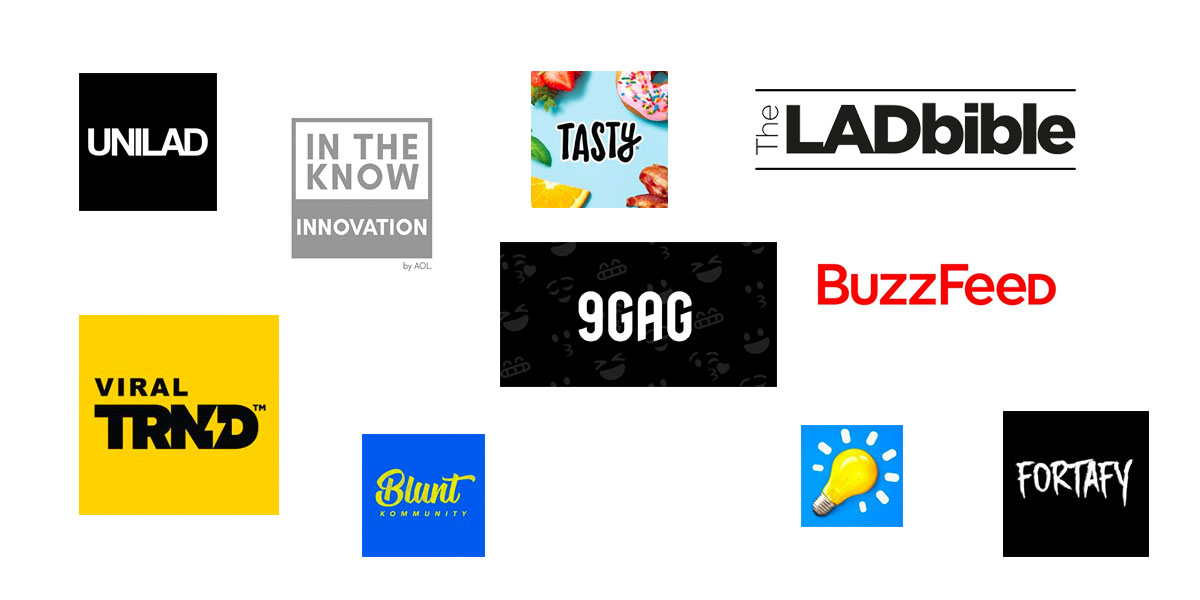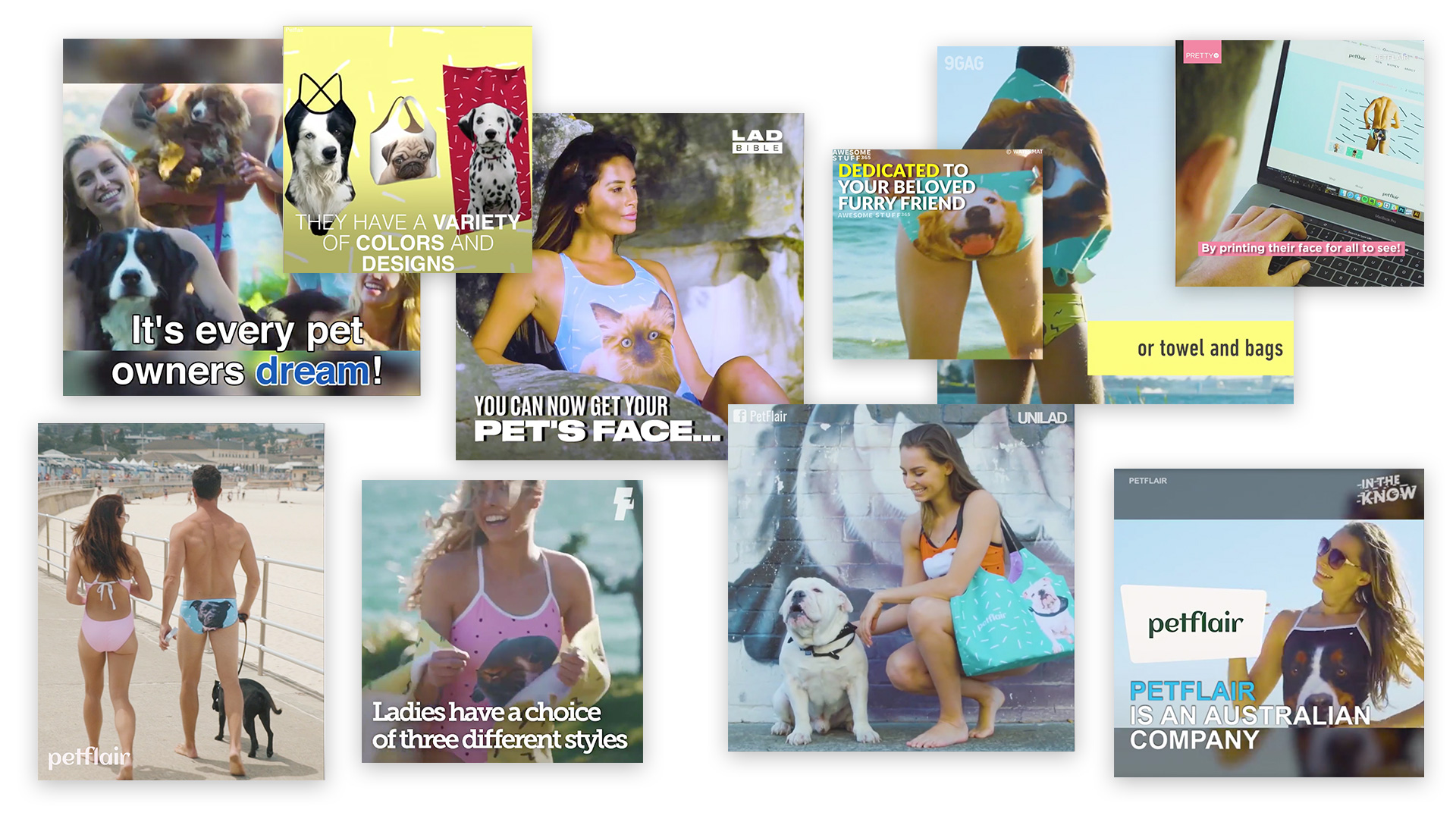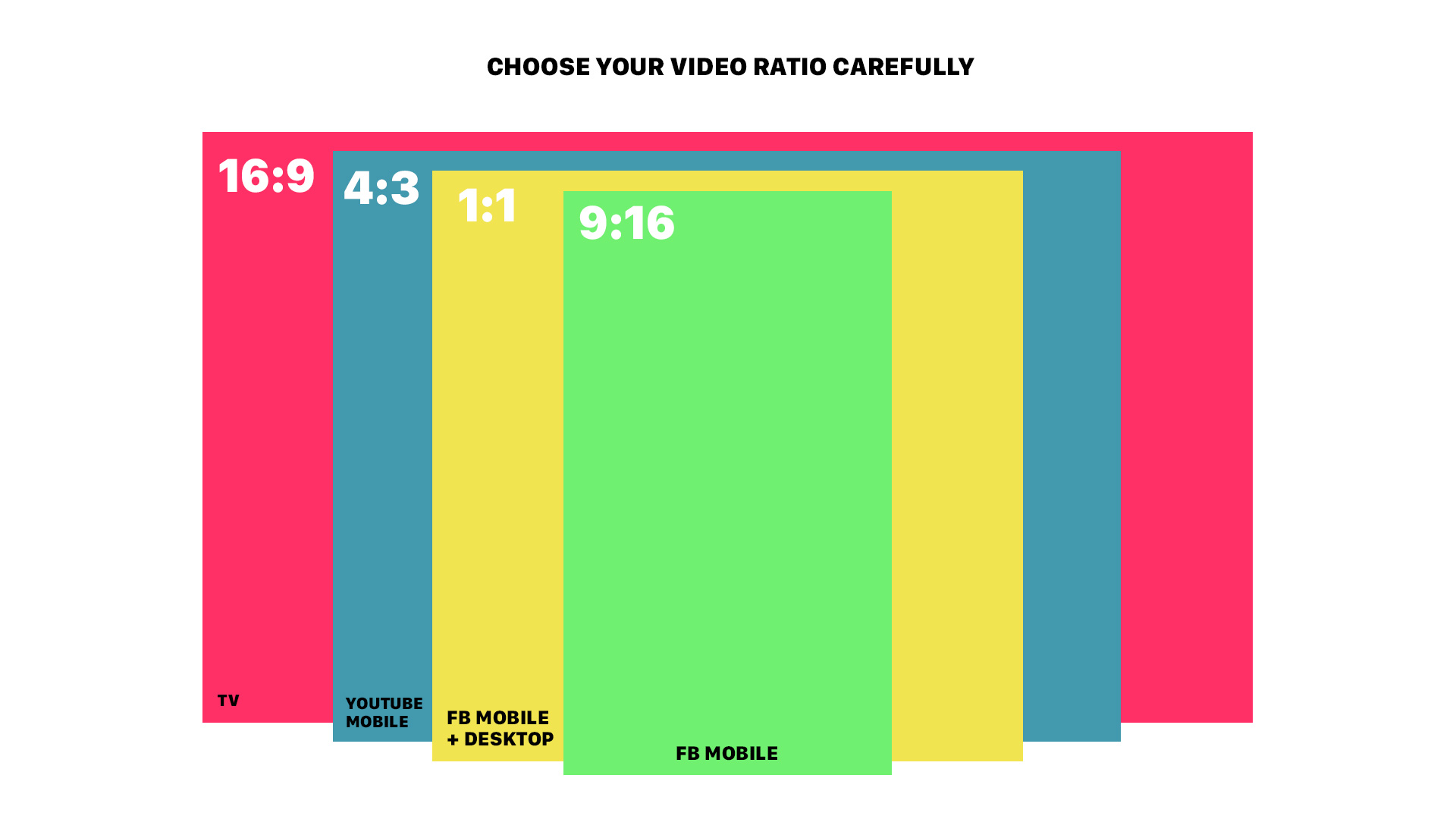Lessons learnt from going viral
Our product's **15 minutes of fame** felt like **2 minutes**. So much free traffic to capitalise on, so little time. But there's plenty we did right, and it did put put our business on a great trajectory.
Here are my learnings – mostly related to Facebook – and how you might replicate it for your product.
📈 Our story
In September of 2017 I launched Petflair with two friends on Kickstarter. We spent a good amount of time on our launch video, knowing how important it was for that particular platform.

We hadn't considered, though, that our video would become widely shared on Facebook. Over the space of two weeks, we racked up close to 50 million views of our video content (and its various recuts).

This resulted in a huge spike of traffic, peaking at 13k sessions on a day on September 28. And if we had known what was happening sooner, I reckon that number would've been higher.

💥 Going viral is an actual strategy
Going viral is not about luck, it's the result of a clear plan.
(Disclaimer: yes, the word 'viral' can be a painful cliche for marketing and ad folk. But it's still the best way to describe a burst of word-of-mouth marketing.)
Why put the energy into 'going viral'?
- Be first in your customer's mind (one of the immutable laws of marketing)
- Free traffic and an afterglow that can last for months
- Avoid paying 'the new rent'
🏚️ What's this 'new rent'?
Advertising on Facebook and Google is getting expensive and competitive – so much so, they're calling online advertising ['the new rent'](https://www.inc.com/magazine/201805/tom-foster/direct-consumer-brands-middleman-warby-parker.html).
Basically, the cost of driving traffic to your new product or startup is getting more expensive, and suffers from diminishing returns.
👑 Facebook's little media empires
With the right playbook, you can take advantage of the 'little kings' of Facebook... the popular pages / psuedo-media companies and their insatiable appetitive for content.
Unilad, Lad Bible, 9GAG, Pretty52, Humans of Tumblr, Fortafy, In The Know were some of these companies that featured us.

These popular Facebook pages have huge audiences. They are less likely to be protective of their brands than Instagram influencers!
Best of all, they're willing to post for free. Tubular Labs is a good resource for finding these kind of pages.

🎣 Learning 1: The viral hook
This is the first step, and the hardest. It's worth remembering that if it were easy, everyone would do it (and it wouldn't work).
What is this 'hook'?
Your product needs a 'hook' of sorts. To find your hook, put yourself in the position of a journalist: what's the headline introducing your product, in the shortest sentence possible (grammar be damned).
It's easy when your product is a novelty item, and it's hard when its specialised enterpise software. But don't lose hope, there's always a way to find your hook and paint it in the right light.
Plan A: Have an inherently viral product
If you can, imbue your actual product with a viral, shareable hook. The more ridiclous, the better. And from there, it's simply a product demo.
A mattresses designed for spooning? Sure.
Bacon-flavoured seasoning? Perfect.
Public transport in a vacuum at the speed of sound? Bullseye.
These products are shareable because the idea of them is funny (novelty item) or they're legitimately groundbreaking.

Plan B: Tell your story
By creating a product, you've done what a lot of us can only talk about, and gone where few dare tread. The classic 'hero's journey', in a way.
Tell the story of coming up with the idea, making it a reality, and why it's amazing. You're potentially so close to it you don't realise how interesting it actually is.
Though it can border on the sociopathic, telling your story in the third person gives it a journalism-like quality (and implies your story was interesting enough to be covered in the first place).
Plan C: What the future looks like
Failing Plan A or B, you can paint a picture of the future (and show your product being an integral part of that exciting future).
You might sell a ball bearing made from a new material. So what?
But if you can extrapolate its uses, and talk about the most interesting use-cases and those effects, you're winning.
💡 Learning 2: Don't try too hard
Coming from an advertising background, there's always pressure to be clever.
Don't. Just be dumb, and let the product do the work.
You don't need a fancy creative concept, or a Christopher Nolan non-chronological story arc, or beautiful cinematography, or graphics.
Just be real (that works the best for Facebook), with one of these formats:
- Product demo filmed on your phone
- Problem / solution with large subtitles / supers (worked for us)
- The chronological 'origin story' slideshow
Explain your product, and be done. The product is the idea.
📹 Learning 3: It's hip to be square
The hallmarks of viral product video on Facebook tends to be a square, 1:1 aspect ratio with large, simplified subtitles. It's perfect for mobile consumption.
Your product video needs to be of the right format, or easily adapted.
Our Kickstarter video had followed quite a traditional (nay, trite) Kickstarter format:
Open with an eye-catching intro, introduce the founders, tell us about the product, plead for support. Rinse, repeat.
Learnings:
- Keep your video fairly free of your own supers or graphics, so it's easy for these pages to edit their own, and tell their own story.
- Frame your shots carefully so they work in the 1:1 aspect, and keep them clean and simple, to allow for subtitling

🌹 Learning 4: Pitch tricks
Once your video is cocked and locked, it's purely a numbers game in terms of getting it picked up by media.
It's spreadsheet time
Put together a sheet of the pages you're interested in, and check to see if they've got websites and email addresses.
Look for emails first
Some have forms with upload widgets, and make you click a checkbox that basically says they own the video. Click it. They're just covering themselves, not trying to steal your stuff.
The one-sentence pitch
Honey you shrunk the press release. The trick here is to have something that sings through their inbox. Keep it casual, short and include a link to the video (upload it to Vimeo or Dropbox).
Test on low-risk targets
Hit a few pages with low followings to test your pitch and tweak. Then, when you're ready, hit the big guys. Message them on email, then DM on their pages if no result a day later.
Send DMs from your personal account
It looks less spammy.
Follow up politely
Be optimistic if you get zero bites. They could have just been busy, or it could be someone else rostered-on to man their account,
The sheep effect
There's also a noticeable *domino / sheep effect*, where they're more likely to cover you if you're getting coverage on other pages.
📣 Learning 5: Be clear about mentions
Once you get a nibble, do everything in your power to make life easy for the guys covering you.
They will want to recut your video, and might even ask for more raw footage. Have it ready.
Once they're nearly done with the edit, be firm and clear about how you are going to be mentioned with the post.
We failed here on a few of our organic videos, and failed to be concise from the outset, which cost us traffic from a couple of 10M+ view videos, because we didn't get a link (and failed to ask for one).
Mention 1: Get a page tag in the post
This means they'll write something like "via Petflair" in the copy of their post, and tag your page. This isn't a bad result, but you want traffic.
Mention 2: Get a link as top comment
This is key. It's unlikely they'll post a link to your page, so encourage them to do so in the top comment.
Mention 3: Get a watermark in their video.
They are going to cut and rejig your footage, ask for a simple watermark like @petflair.
It's a two way transaction, so they should be fine with mentioning your business in exchange for content.
🏓 Learning 6: Engage from your own account
Now the *real* graft starts.
All the best brands are amazing with the way they comment from their business account.
Start by commenting on the page's post for the link, thanking them and offering a bit of banter.
Then commenting on ~30% of comments (not the plain tags) with a bit of banter too (avoid using a link here, it's a bit tacky).
At best, the commenters will click to your page and then to your site.
👍 Learning 7: Don't get featured? The dream's not over.
The best part about this approach is that you should end up with a video format that is ripe for Facebook advertising.
So while it's not free, you have a potent bit of creative to drive traffic at a low cost-per-click.
We've used some of the videos made by these third parties as ads, and the results have been excellent.
In short
Prior preparation is the key to earning some free media. If you're willing to graft on Facebook, it can pay off. If it doesn't, you have some potent ads.
Good luck and godspeed.